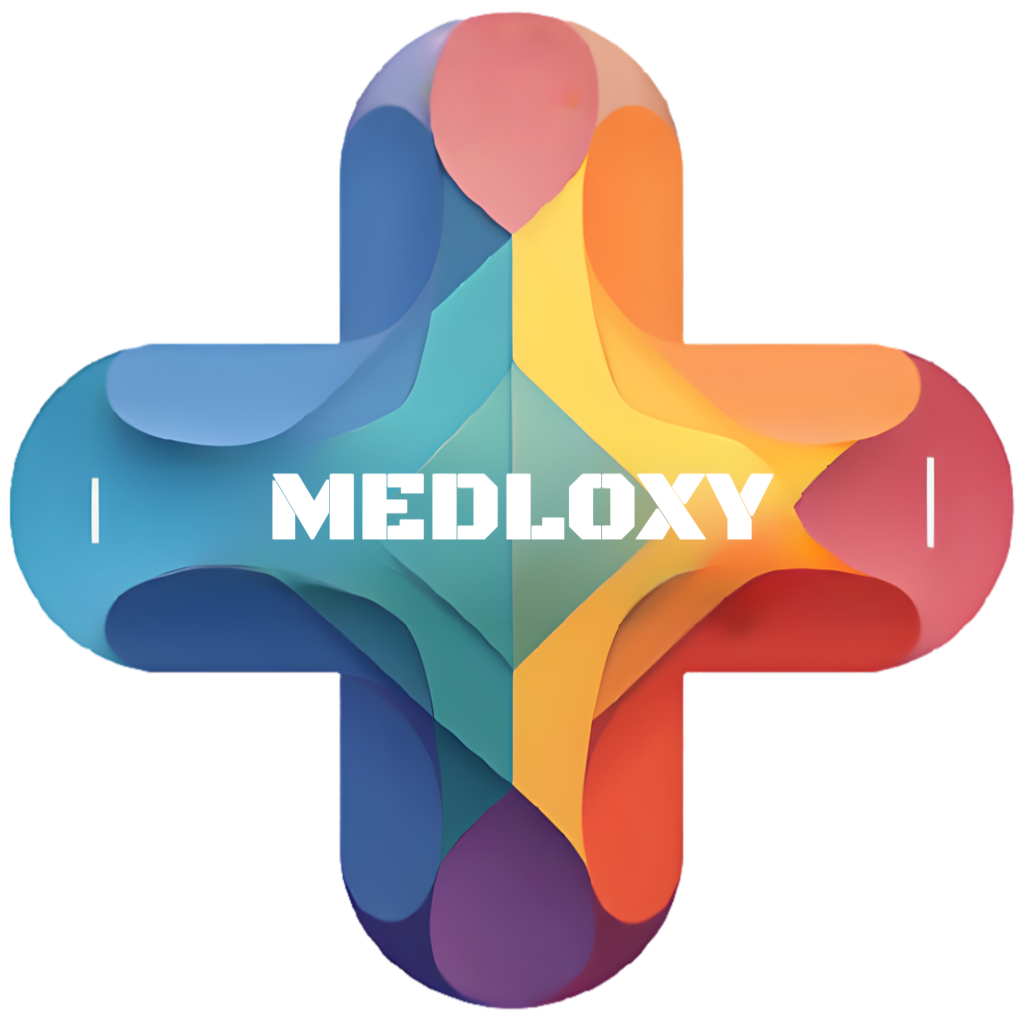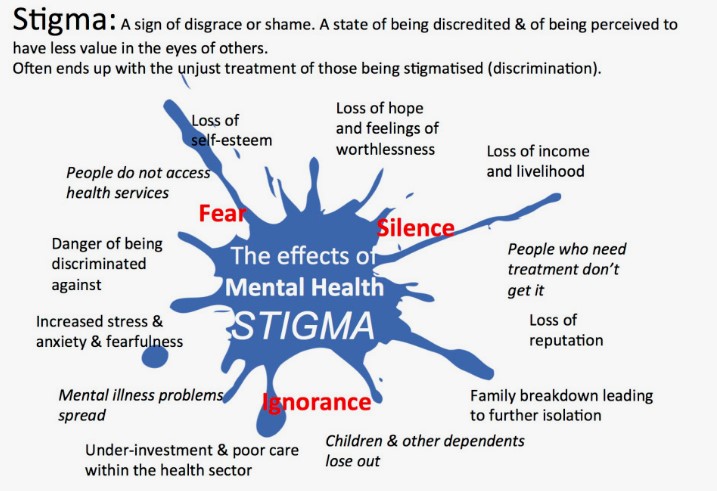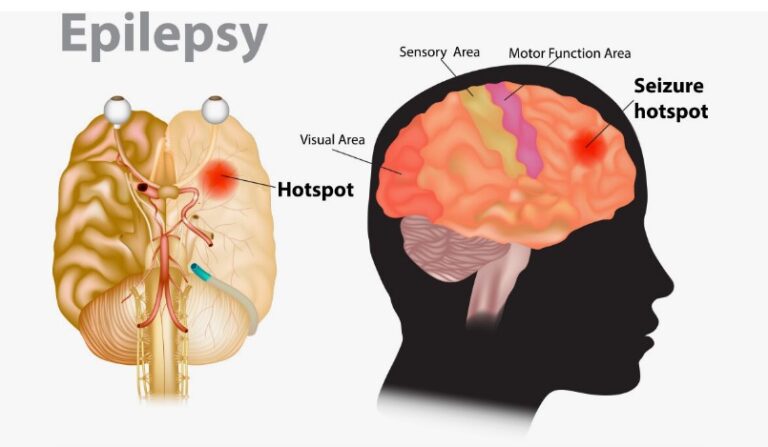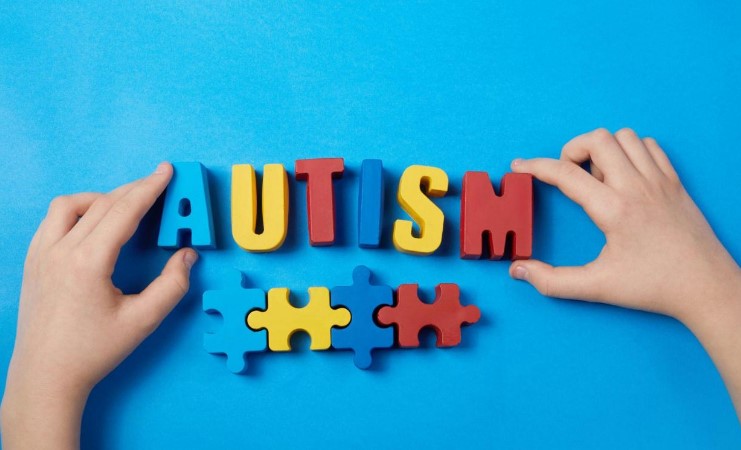Discover the symptoms, root causes, and science-backed treatments for the stigma/mystery surrounding mental illness. Learn when to seek help and how to manage it effectively.
Overview about Stigma/mystery
Have you ever noticed a hushed tone, a sidelong glance, or a palpable discomfort when the topic of mental well-being arises? The stigma/mystery that clings to mental illness acts as a powerful silencer, preventing open dialogue, hindering the seeking of support, and casting a shadow over the path to recovery. This “stigma/mystery” isn’t merely a gap in knowledge; it’s a complex tapestry woven from negative assumptions, ingrained biases, and a societal struggle to truly understand the inner landscapes of psychological distress.
The ramifications of this stigma/mystery extend far beyond individual suffering. It creates a climate where misinformation thrives, perpetuating harmful stereotypes and hindering public understanding of the intricate realities of mental health conditions like depression, anxiety, or bipolar disorder. Individuals grappling with these challenges often find themselves battling not only their internal struggles but also the external pressures of societal disapproval and misinterpretation.
Symptoms of Stigma/mystery
The stigma/mystery surrounding mental illness reveals itself through a variety of observable patterns in societal attitudes and individual behaviors:
- Hesitation in open mental health discussions: A palpable discomfort or avoidance when mental health is brought up in casual conversation, often replaced by vague euphemisms or a swift change of topic.
- Social withdrawal driven by fear of judgment:** Individuals experiencing mental health challenges may consciously or unconsciously distance themselves from social interactions, anticipating negative reactions or labels.
- Internalized feelings of shame and self-blame:** The absorption of negative societal messages leading to a belief that one’s mental health struggles are a personal failing or a source of embarrassment.
- Discriminatory actions in various life domains:** Subtle or overt biases that lead to unfair treatment in areas like employment opportunities, housing applications, or even within personal relationships.
- Prevalence of inaccurate and sensationalized portrayals:** Media and popular culture often depict mental illness in ways that are far from the reality for most individuals, contributing to fear and misunderstanding.

When to See a Doctor
The fear of encountering the stigma/mystery surrounding mental illness can be a significant deterrent to seeking professional help. If you or someone you care about is experiencing mental health difficulties and hesitates to consult a healthcare provider due to anticipated judgment or a feeling of being misunderstood, recognizing this very hesitation is a critical insight. recovery.
Causes of Stigma/mystery
The stigma/mystery surrounding mental illness is a multifaceted social phenomenon, rooted in a blend of historical factors, cultural norms, and psychological responses, rather than the inherent nature of the illnesses themselves:
Biological Causes It’s crucial to understand that the stigma associated with mental illness doesn’t originate from the biological underpinnings of these conditions. While advancements in neuroscience illuminate the biological factors involved in mental health—such as neurotransmitter imbalances and brain circuitry—the stigma predates this scientific understanding. Historically, the absence of clear biological explanations often led to interpretations grounded in moral deficiency, supernatural forces, or personal weakness.
Lifestyle Triggers Various societal and cultural factors can act as catalysts, initiating or reinforcing the stigma/mystery surrounding mental illness:
- Media influence: The way mental illness is often portrayed in entertainment and news can perpetuate harmful stereotypes, often depicting individuals as dangerous, unstable, or objects of ridicule.
- Lack of open communication: When discussions about mental health are avoided or met with discomfort within families, schools, and communities, it creates a void of understanding and allows misconceptions to flourish.
- Fear of the unknown: For individuals without personal experience or knowledge of mental illness, the lack of familiarity can breed fear and anxiety, leading to avoidance and judgmental attitudes.
- Cultural values: Some cultural norms may emphasize emotional resilience to such an extent that seeking help for mental health is viewed as a sign of failure or weakness.
Risk Factors
Several factors contribute to the ongoing existence and reinforcement of the stigma/mystery surrounding mental illness:
- Insufficient public education: A lack of comprehensive and accessible information about mental health conditions, their causes, and effective treatments leaves room for misinformation and harmful stereotypes to take hold.
- Cultural norms around emotional expression: Societies that discourage the open expression of vulnerability and prioritize emotional self-reliance can inadvertently contribute to the stigma surrounding mental health struggles.
- Negative media representations: Sensationalized or inaccurate portrayals of mental illness in media continue to shape public perception in negative ways.
- Limited personal interaction: When individuals have few or no positive personal encounters with people who have mental health conditions, they are more likely to rely on stereotypes and misinformation. Also Read>>>>
Complications
The stigma/mystery surrounding mental illness has profound and far-reaching negative consequences for individuals and the broader community:
- Delayed help-seeking: The fear of judgment and discrimination acts as a significant barrier, preventing individuals from seeking professional support in the early stages of mental health challenges, often leading to a worsening of symptoms.
- Internalized shame and isolation: Absorbing negative societal attitudes can lead to profound feelings of shame, guilt, and self-blame, contributing to social withdrawal and isolation, which are themselves risk factors for poor mental health.
- Discrimination and limited opportunities: Stigma can translate into tangible discrimination in areas such as employment, housing, and social relationships, hindering recovery and limiting life opportunities.
- Exacerbation of symptoms: The stress and isolation resulting from stigma can actually worsen the symptoms of mental health conditions and impede the effectiveness of treatment.
Diagnosis
Diagnosing the stigma/mystery surrounding mental illness is not a clinical assessment of an individual but rather an evaluation of societal attitudes and understanding:
- Public Attitude Surveys: These instruments gauge the prevalence of stigmatizing beliefs, attitudes towards individuals with mental illness, and levels of knowledge about mental health within a population.
- Content Analysis of Media: Examining media portrayals of mental illness can reveal the extent to which stereotypes, misinformation, and sensationalism are present in public discourse.
- Qualitative Inquiry: Through interviews, focus groups, and narrative analysis, researchers explore the lived experiences of stigma, the ways individuals perceive and internalize societal messages about mental illness, and the underlying cultural beliefs that contribute to the “mystery.”

Treatment Options
Addressing the deeply entrenched stigma/mystery surrounding mental illness requires a multifaceted and sustained effort targeting individual attitudes, societal norms, and systemic inequities:
- Public Education Campaigns: Implementing widespread, evidence-based public health campaigns that provide accurate information about mental illness, its causes, and the availability of effective treatments is crucial for dispelling myths and fostering understanding.
- Promoting Open and Honest Dialogue: Creating platforms and opportunities for open and respectful conversations about mental health in various settings—families, schools, workplaces, and community forums—can help normalize these experiences and reduce the fear and shame associated with them. You might find helpful information on general well-being practices, but challenging stigma requires direct engagement with societal attitudes.








